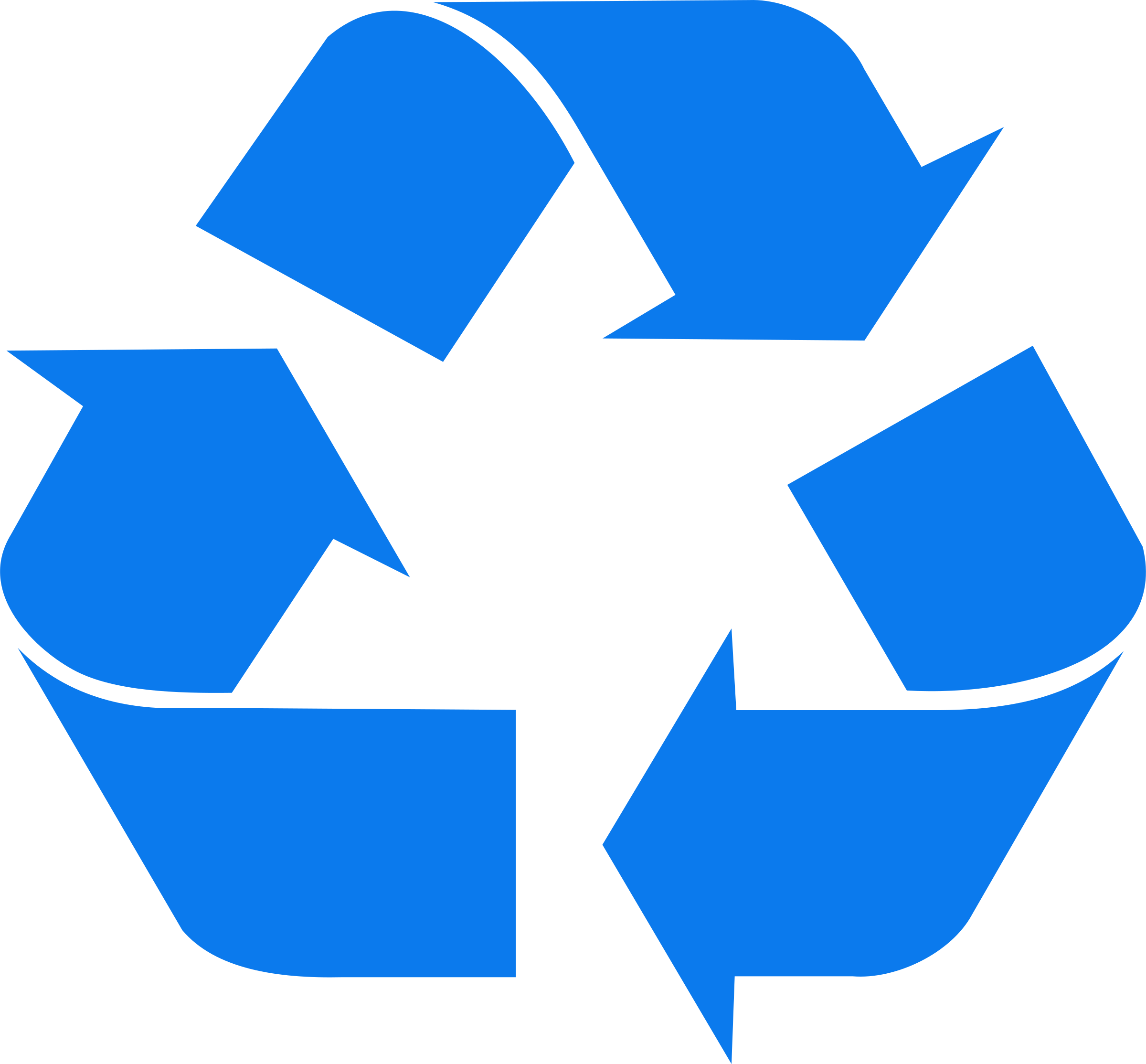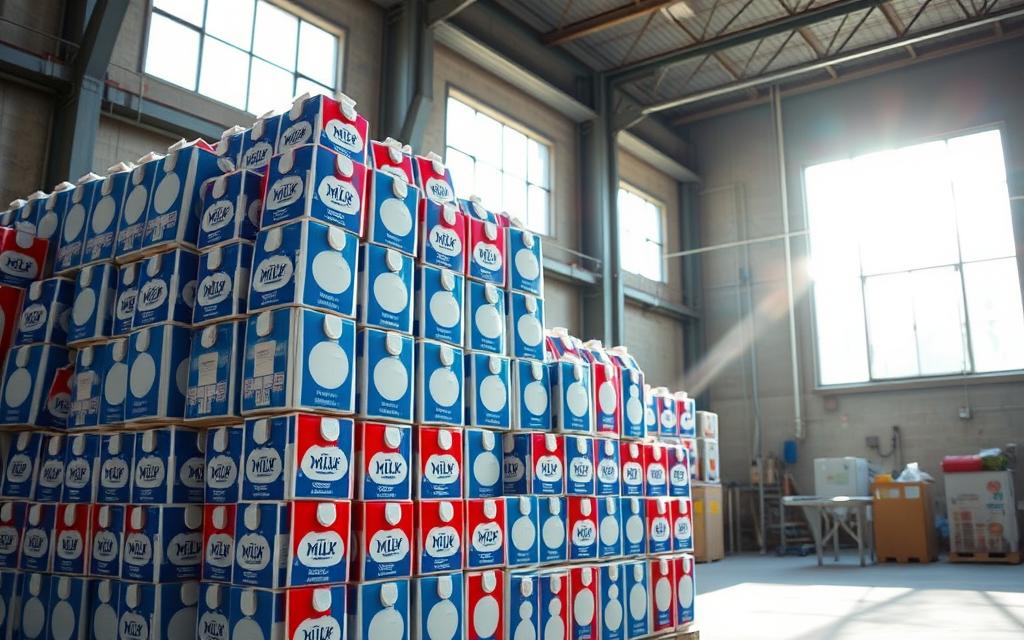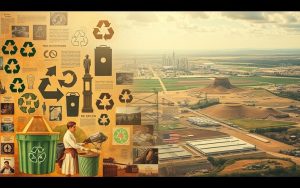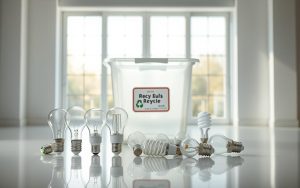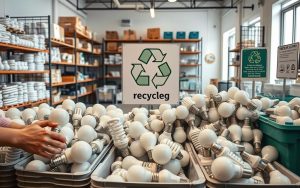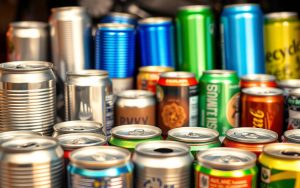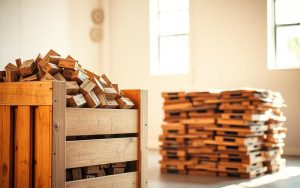Recycling plays a vital role in reducing waste and protecting the environment. Among the many materials processed, milk cartons have gained attention for their unique composition and lightweight design. As of 2023, 62% of U.S. communities accept these containers for local recycling, making it easier for households to contribute to sustainability efforts.
These containers are made of layers of paper, plastic, and aluminum, which often causes confusion about their recyclability. However, their lightweight structure, with a 94% product-to-packaging ratio, makes them an eco-friendly choice. For areas without curbside pickup, mail-in programs provide a convenient alternative.
Understanding how to properly handle these materials ensures they are processed efficiently. This guide explores the benefits of recycling cartons and offers practical solutions for communities across the U.S.
Introduction to Milk Carton Recycling
Millions of tons of waste end up in landfills due to improper disposal practices. In 2015 alone, 78 million tons of packaging materials were discarded, with plastic and aluminum layers from containers persisting for decades. This highlights the urgent need for effective carton recycling solutions.
The Carton Council has made significant strides in improving access to recycling facilities. From 2011 to 2018, they increased household access from 37% to 62%, enabling over 2,000 programs nationwide. These efforts have boosted participation rates from 50% in 2015 to 61% in 2017.
Despite these advancements, a gap remains between consumer expectations and actual access. While 92% of people expect containers to be recyclable, not all areas offer curbside pickup. This underscores the importance of consumer responsibility in ensuring materials are processed correctly.
Industry leaders recommend the “empty, cap-on, toss” method for handling these containers. This simple process ensures they are ready for carton recycling and minimizes contamination at recycling facilities.
| Year | Recycling Participation Rate | Household Access |
|---|---|---|
| 2015 | 50% | 37% |
| 2017 | 61% | 62% |
By understanding the impact of improper disposal and leveraging available resources, consumers can play a vital role in reducing waste and supporting sustainable practices.
Types of Milk Cartons and Their Composition
Understanding the different types of containers helps in making informed recycling decisions. These containers are designed with specific materials to meet preservation and transportation needs. Knowing their composition ensures they are handled correctly during the recycling process.
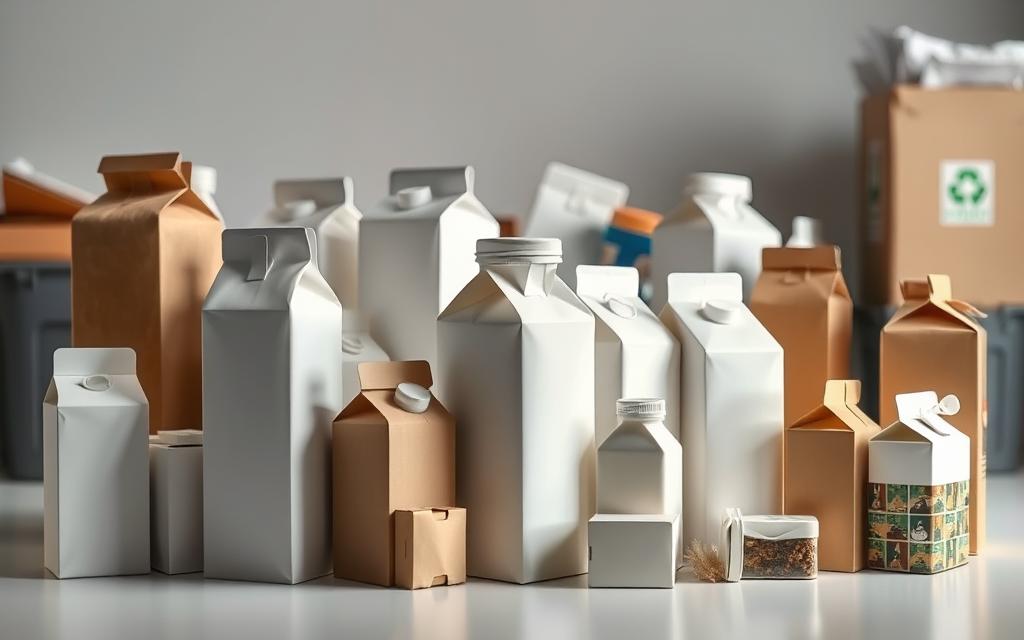
Gable Top Cartons
Gable top containers are commonly found in refrigerated sections for items like milk, juice, and cream. They are made of 80% paper and 20% plastic, with both exterior and interior plastic coatings. These layers protect the contents from moisture and ensure freshness.
Unlike other types, gable tops do not contain aluminum. This is because they are designed for short-term preservation and do not require long shelf life. Their lightweight structure makes them easy to transport and store.
Aseptic Cartons
Aseptic containers are used for shelf-stable products like soups, wine, and alternative milks. Their composition includes 74% paper, 22% plastic, and 4% aluminum. The aluminum layer blocks light and oxygen, extending the product’s shelf life without refrigeration.
Contrary to popular belief, these containers no longer use wax coatings, which were phased out in the 1990s. Aseptic designs save 60% more energy compared to glass during transportation, making them an eco-friendly choice. They also prevent 1.2 million tons of CO2 emissions annually by eliminating the need for refrigeration.
Can I Recycle Milk Cartons?
Recycling programs across the U.S. make it easier to process materials efficiently. Many communities now accept these containers, but it’s essential to check local guidelines to ensure proper handling. Tools like the Carton Council’s ZIP code locator or Earth911’s directory help identify nearby recycling programs.
Preparing these containers for recycling is simple. Follow these steps:
- Empty them completely to avoid contamination.
- Keep caps and straws attached, as they are recyclable.
- Avoid crushing them to ensure proper sorting at facilities.
This preparation ensures they are processed efficiently and reduces waste.
Not all containers are cartons recyclable. Items like ice cream or takeout containers often have additional layers of plastic aluminum that complicate the process. Always verify the material before placing it in the recycling bin.
Manufacturers like Tetra Pak and Evergreen Packaging are leading efforts to improve sustainability. Their partnerships with recycling programs have expanded access and increased participation rates. For example, Emmet County processes over 12,000 containers monthly, showcasing the success of these initiatives.
| Location | Mail-In Program |
|---|---|
| Denver | Available |
| Omaha | Available |
| Chesapeake | Available |
| Harbor Springs | Available |
By following these guidelines and leveraging available resources, individuals can contribute to a more sustainable future. Proper disposal of these materials ensures they are transformed into useful products, like construction boards made from 400 containers.
The Recycling Process for Milk Cartons
The journey of transforming used containers into new materials involves multiple steps. These steps ensure that every layer of the material is processed efficiently. Whether through curbside pickup or mail-in programs, the goal is to reduce waste and support sustainability.
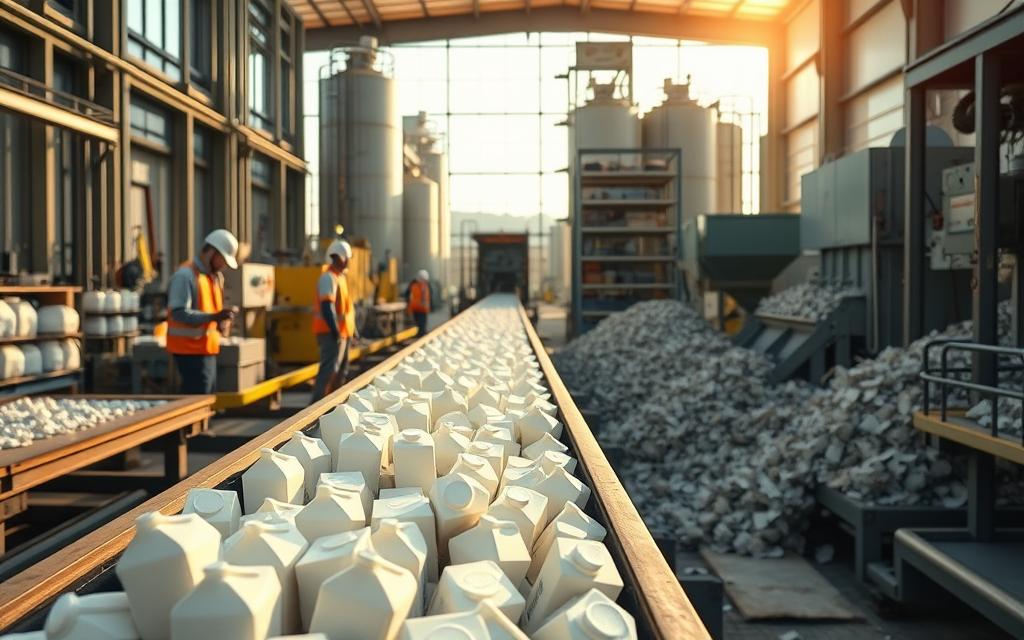
Curbside Recycling
Curbside pickup is the most common method for processing these materials. At facilities, infrared scanners sort containers from other recyclables. Hydrapulpers separate fibers in just 18 minutes, while the poly/aluminum mix fuels paper mill boilers.
Regional variations exist in how the pulp is used. In the Northeast, it’s turned into tissues, while the Midwest repurposes it for wallboard. This adaptability ensures that materials are reused in ways that benefit local industries.
Mail-In Recycling
For areas without curbside pickup, mail-in options provide a convenient alternative. USPS Flat Rate boxes are optimized for shipping these containers. Safety protocols, like quarantine procedures for residual liquids, ensure safe handling.
Costs range from $8.30 to $21.50 per shipment, depending on quantity. However, contamination risks, such as food residue, can reduce fiber value by 40%. Proper preparation is essential to maximize efficiency.
| Method | Cost | Processing Time |
|---|---|---|
| Curbside | Free | 18 minutes (fiber separation) |
| Mail-In | $8.30-$21.50 | Varies by location |
By understanding the recycling process, individuals can contribute to a more sustainable future. Proper disposal ensures these materials are transformed into useful products, reducing waste and supporting eco-friendly practices.
Creative Ways to Reuse Milk Cartons
Transforming everyday items into functional products is a sustainable way to reduce waste. These containers, with their durable layers of paper, plastic, and aluminum, are perfect for DIY projects. From gardening to home organization, the possibilities are endless.
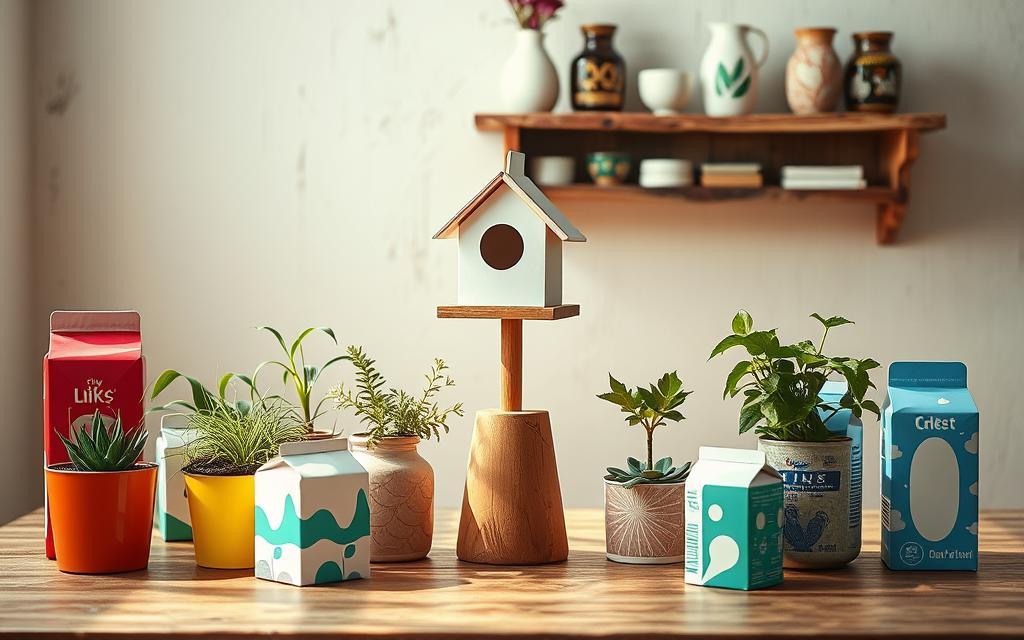
Gardening enthusiasts can turn these containers into seed starters. Simply poke drainage holes using an awl for precision. This method saves space and provides a cost-effective solution for growing plants. Studies show that 94% of DIY bird feeders made from these materials remain intact for over six months.
For home organization, labeled containers are ideal for storing screws, art supplies, or small tools. With a weight capacity of 3.5 lbs, they offer a sturdy and practical solution. Crafting weather-resistant holiday décor is another creative option. The exterior plastic layer ensures durability, even in outdoor conditions.
“Safety is key when repurposing materials. Avoid using these containers as candle holders unless lined with fire-resistant gel.”
Community initiatives also benefit from creative reuse. Schools often use 50+ containers for building modular furniture or art installations. These projects not only reduce waste but also inspire teamwork and innovation. For more tips on sustainable practices, visit Earth911.
By rethinking how we use everyday items, we can save time, reduce waste, and contribute to a greener future. This section highlights just a few of the many ways to repurpose these versatile containers.
Conclusion
Recycling these containers offers significant economic and environmental benefits. Each ton of processed fiber saves 17 trees and is valued at $120. By 2025, the industry aims to expand access to recycling programs to 70% of households nationwide.
Emerging technologies, like enzymatic separation, are revolutionizing the process. This innovation efficiently divides plastic and aluminum layers, enhancing material recovery. Every container recycled saves 1.3 kWh of energy, contributing to a greener future.
Take action today by signing the Carton Council’s national petition. Advocate for better access to recycling resources in your community. For more tools and tips, explore the municipal advocacy toolkit.
Together, we can reduce waste and support sustainable practices. Small steps lead to big changes in protecting our planet.
